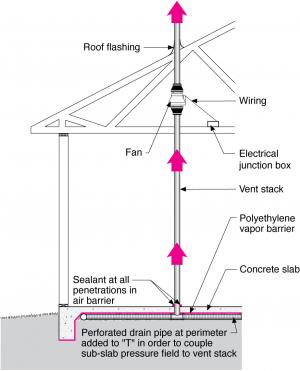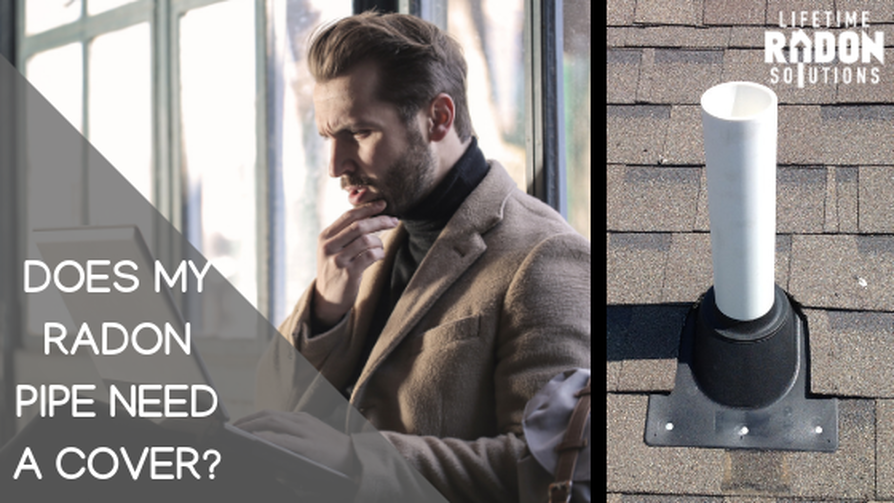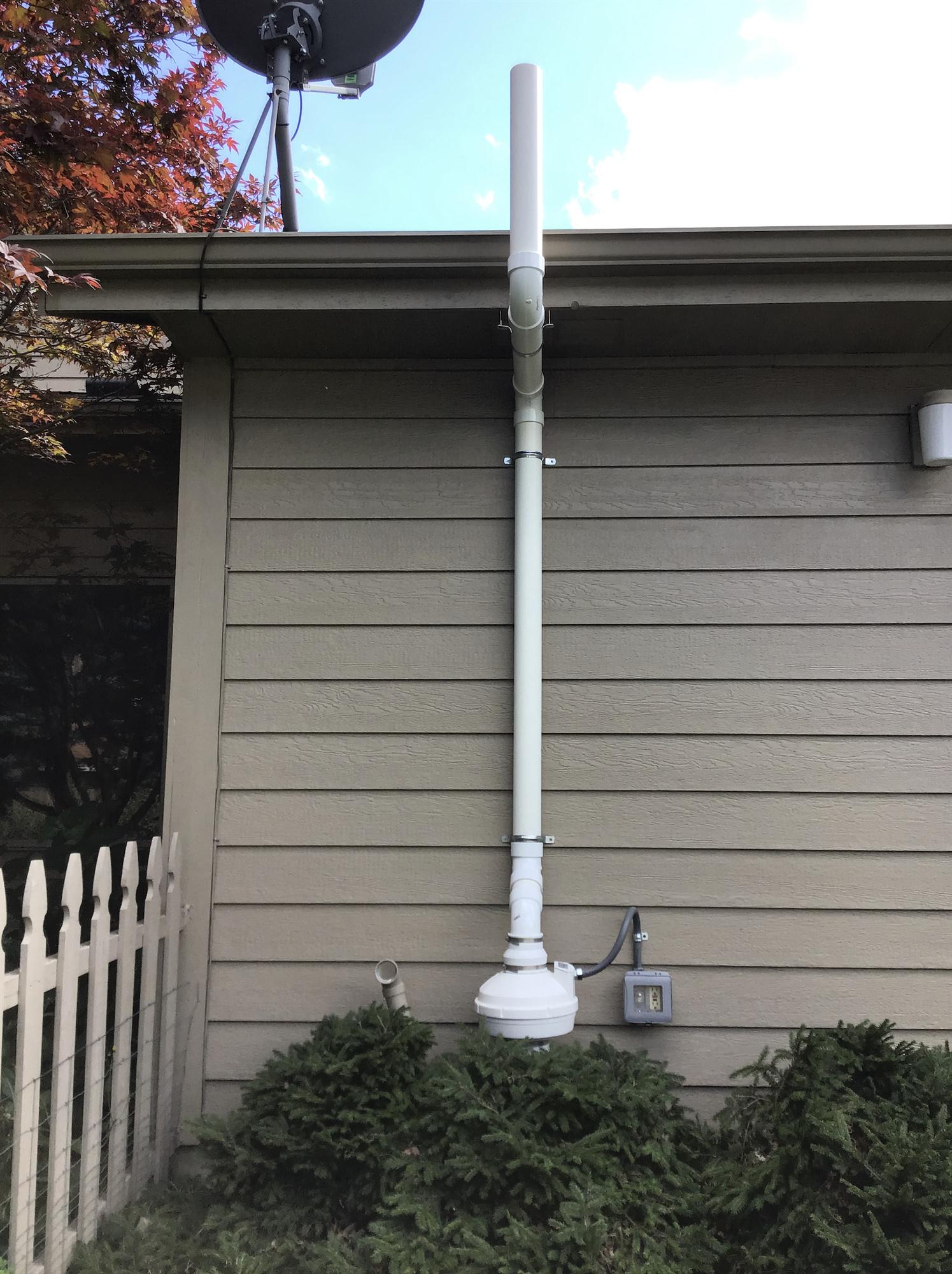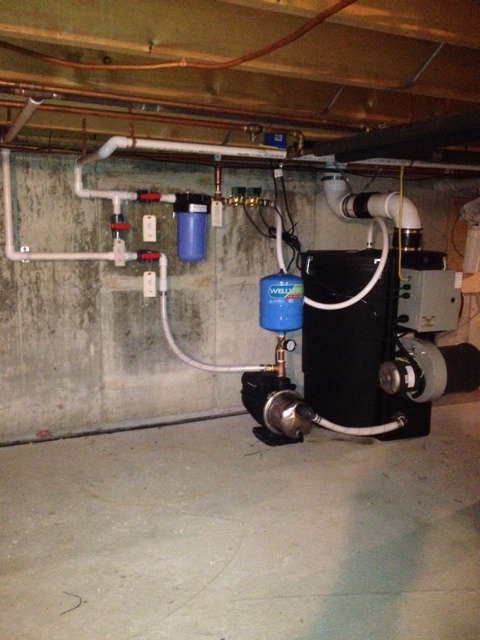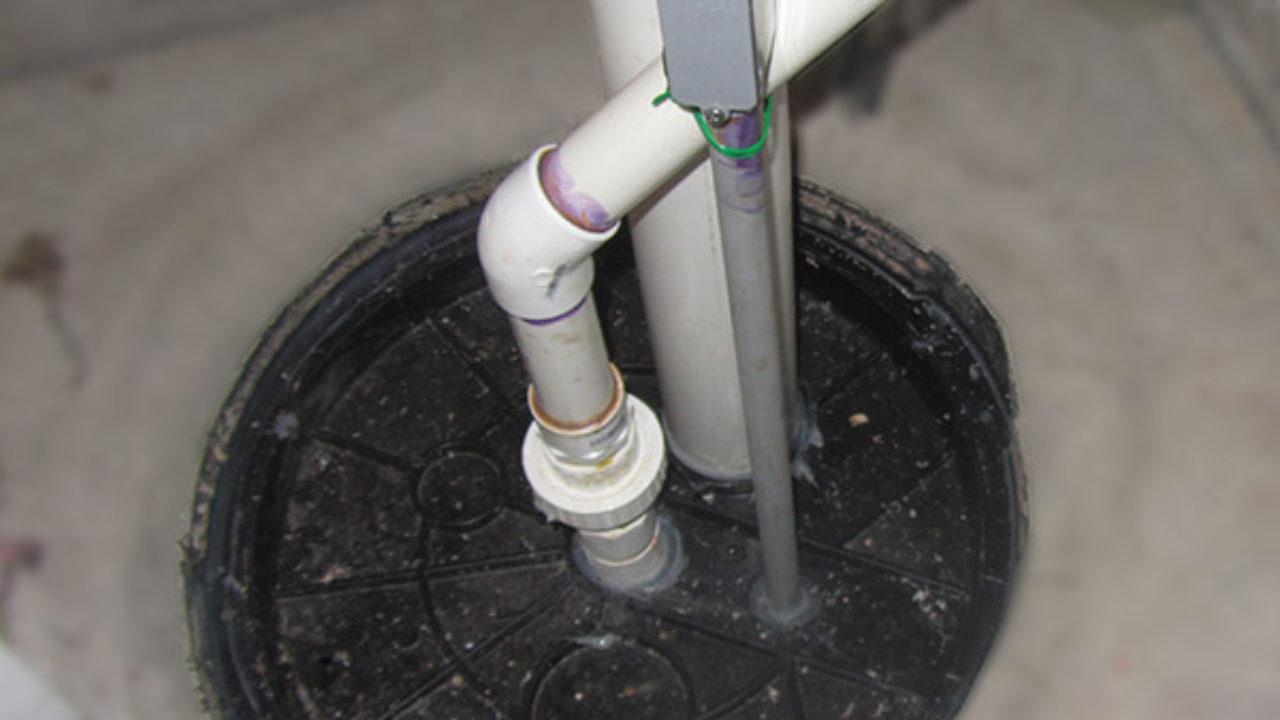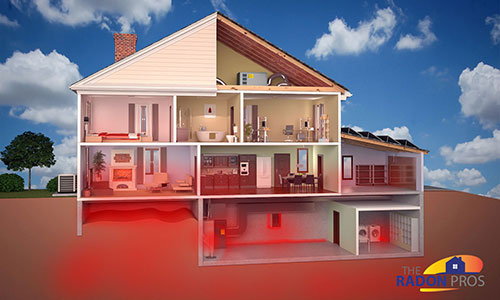Roof Top Radon Fan

The upblast roof mount fan uses a butterfly type damper and rain gutter design so that when the fan is off no rain can enter the building.
Roof top radon fan. It is an invisible gas that possesses natural radioactive decay and can be very harmful if trapped in buildings. Using a good quality roof caulk apply a thick bead around the entire hole. Insert the pipe into the flashing so it s flush with the bottom. Schedule 40 pvc vent pipe using 3 in.
Of clean size 4 6 gravel to very loose soil. The upblast rooftop fan ejects the air from the building straight up into the atmosphere while a downblast roof fan ejects the air downward to the roof by using a bell shaped cap on the top of the fan. Cut a piece of pipe long enough to end up with at least 12 sticking up above the roof. This radon fan is designed for moderate to good air flow working most effectively with sub slab or sub material conditions ranging from about 4 in.
Prf fans are specifically designed for radon mitigation. Most often this part is attached to the exterior walls of your building but this can also be connected in the attic if you prefer an internal system. The radonaway rp145c radon fan is built to resist moisture and can be mounted inside or outside on a 3 in. The radon fan is the most important part of the radon mitigating system.
The rubber coupling on the top of the fan can be seen just a few inches below the roof deck. The prf series feature duct lips sized for an easy fit with standard pvc couplings typically used in radon mitigation applications. Radon is an odorless gas that results from decaying uranium.

